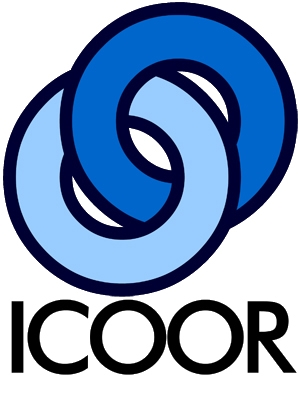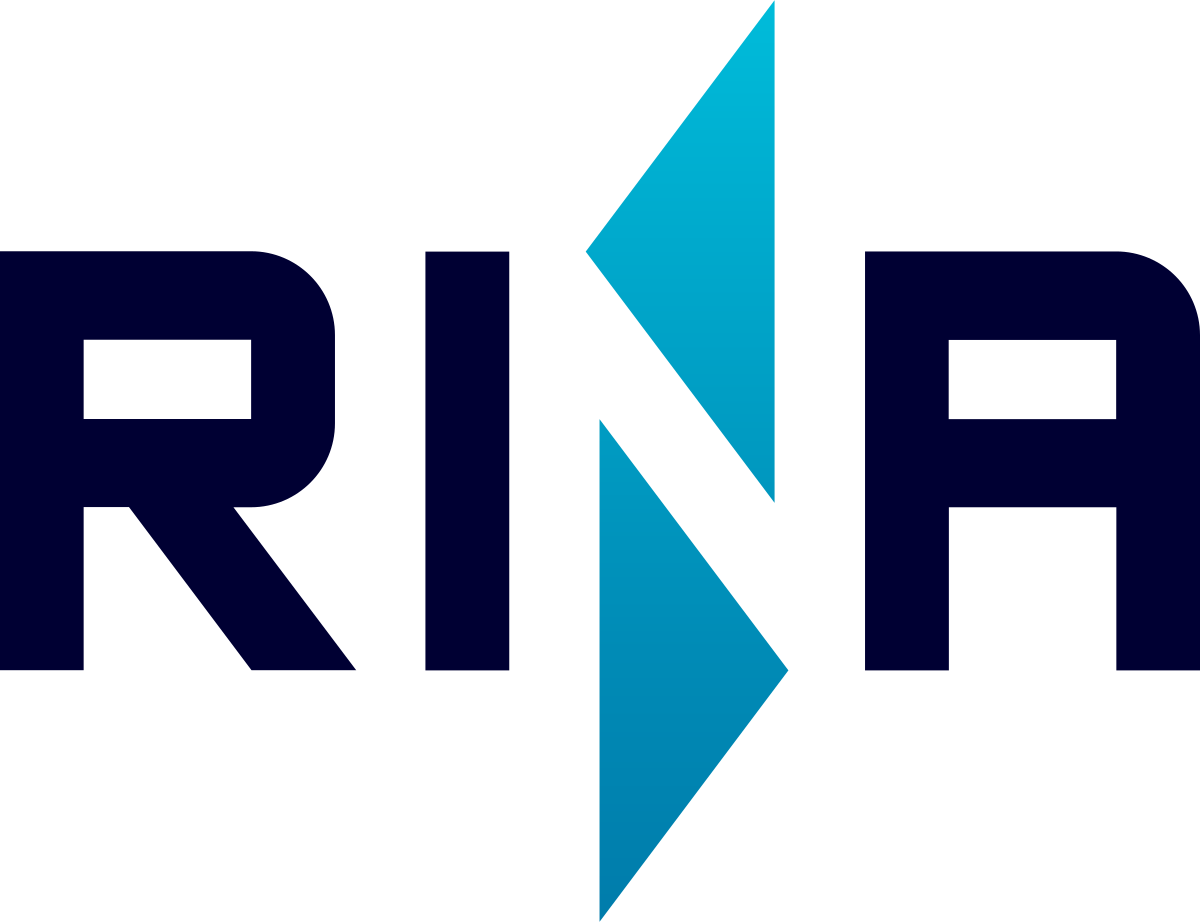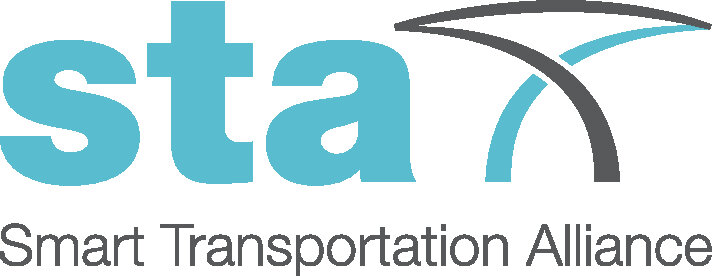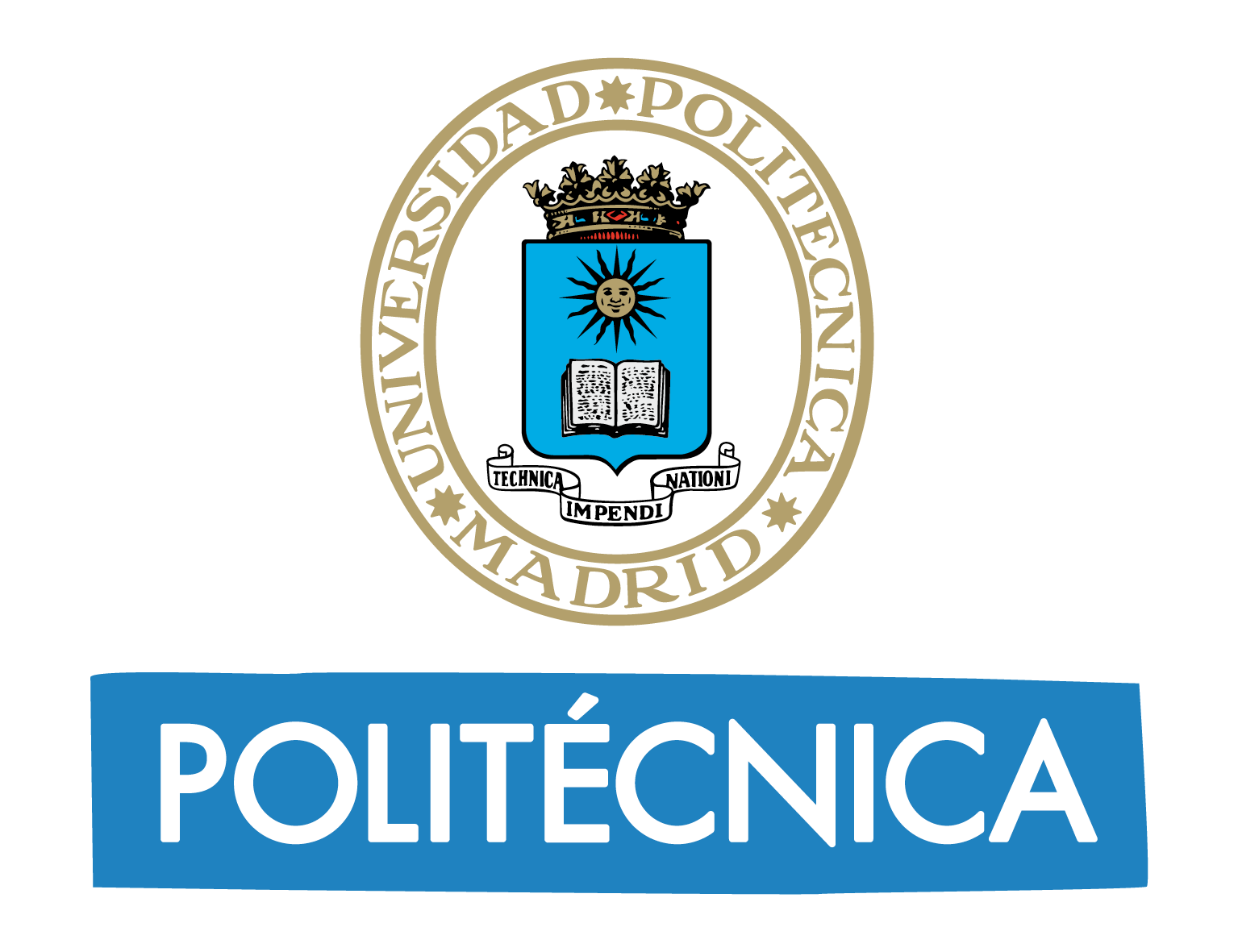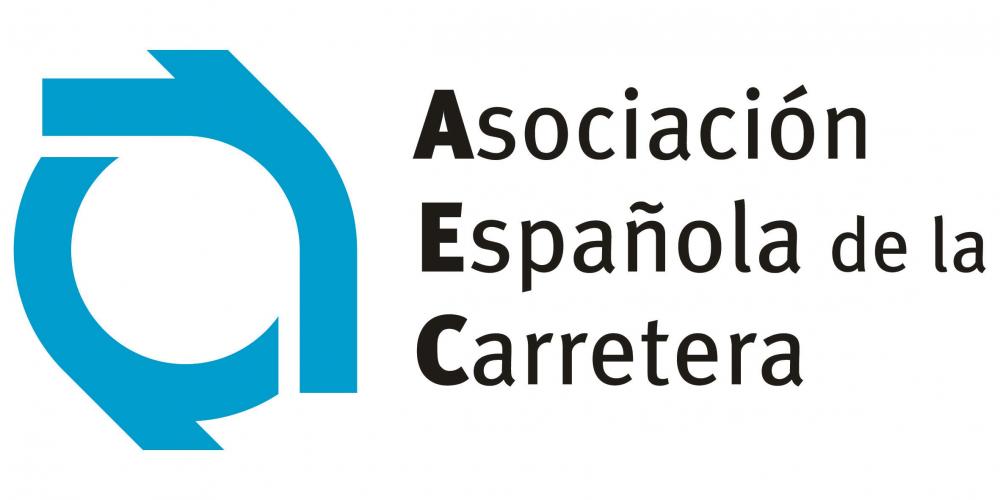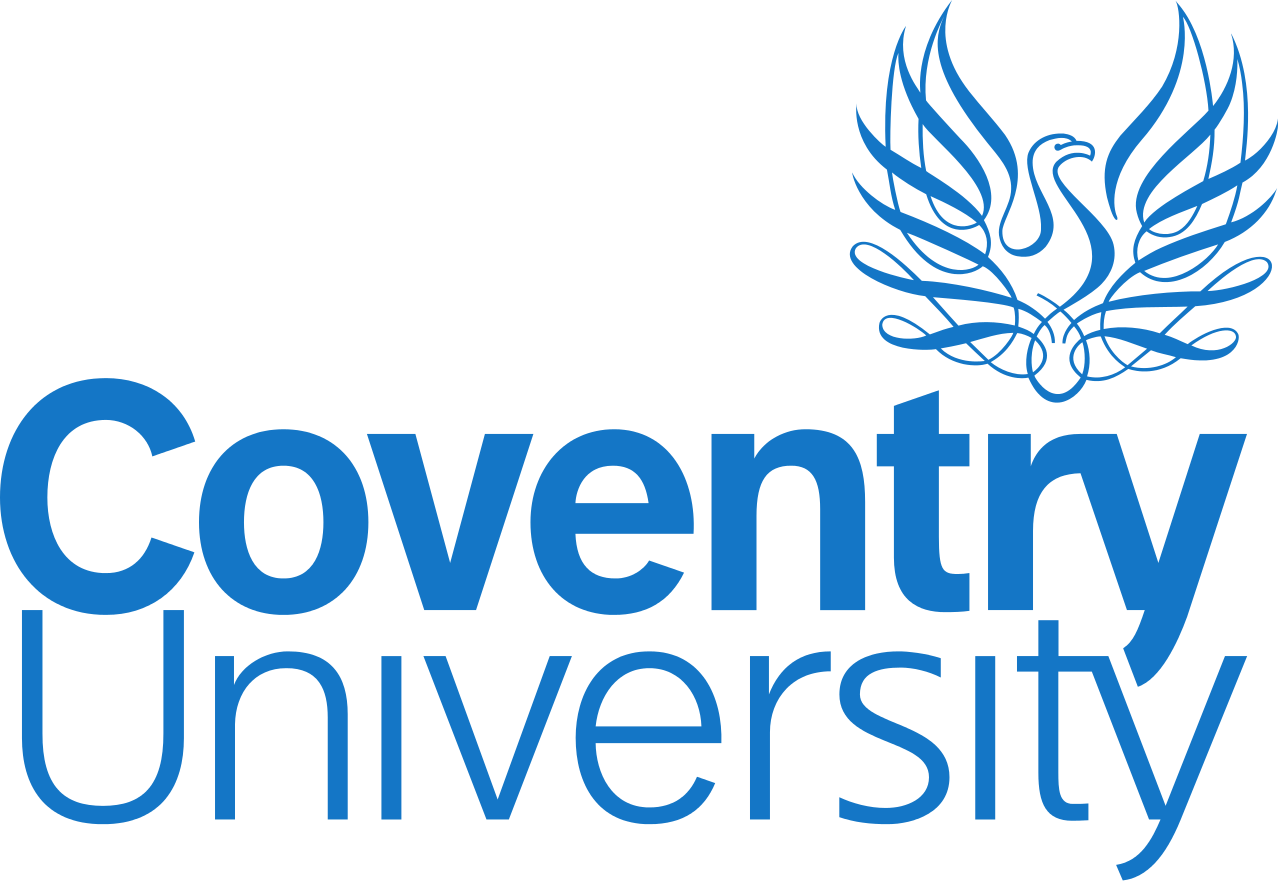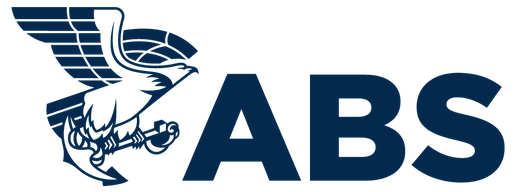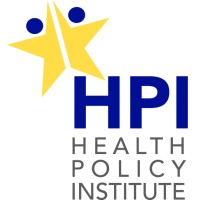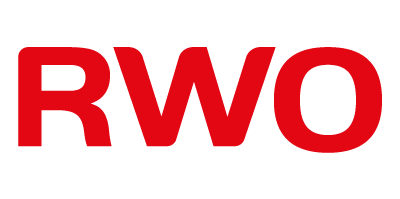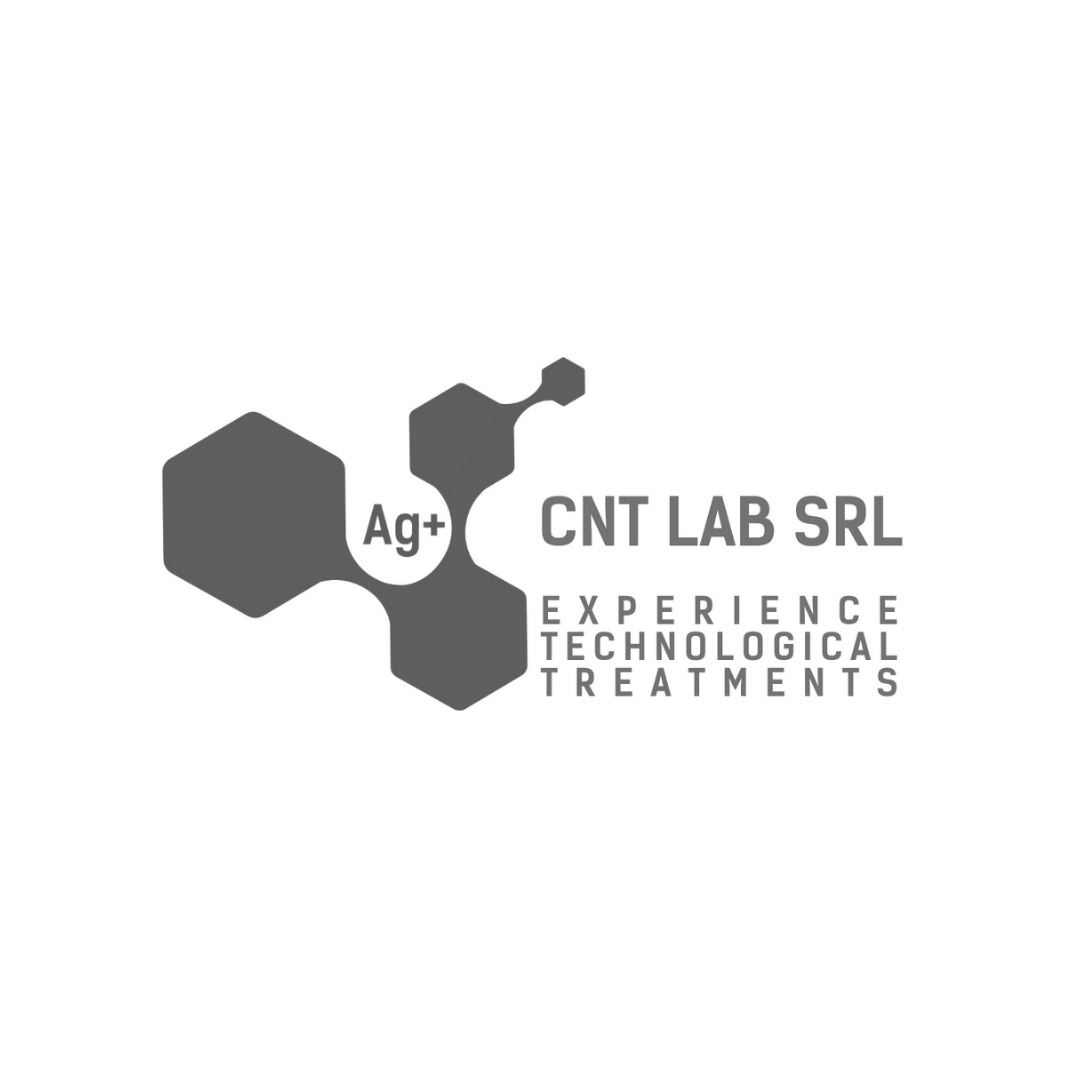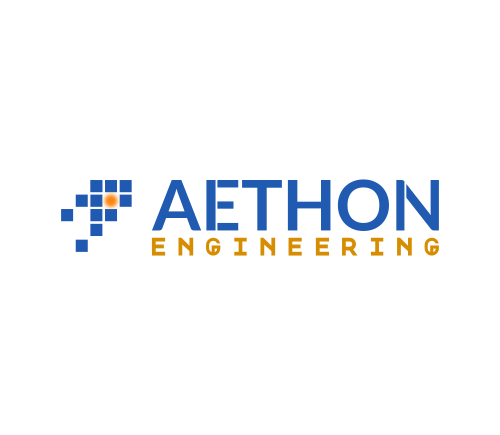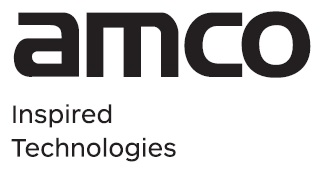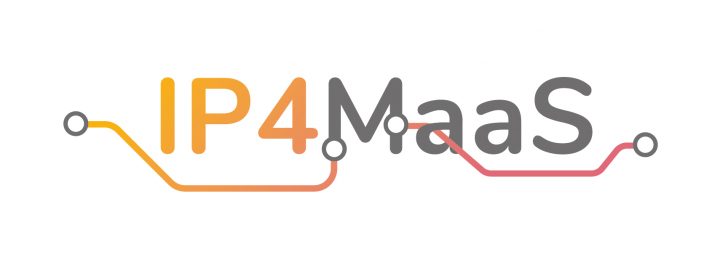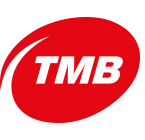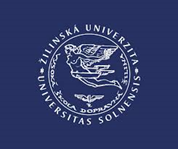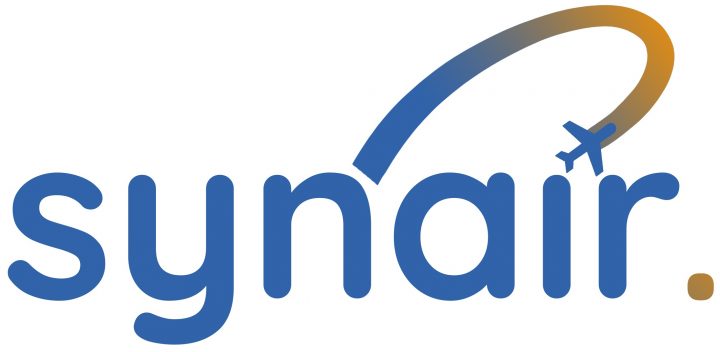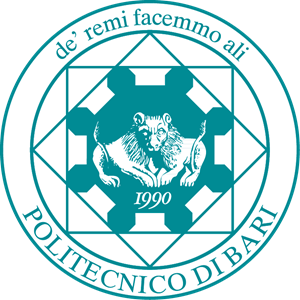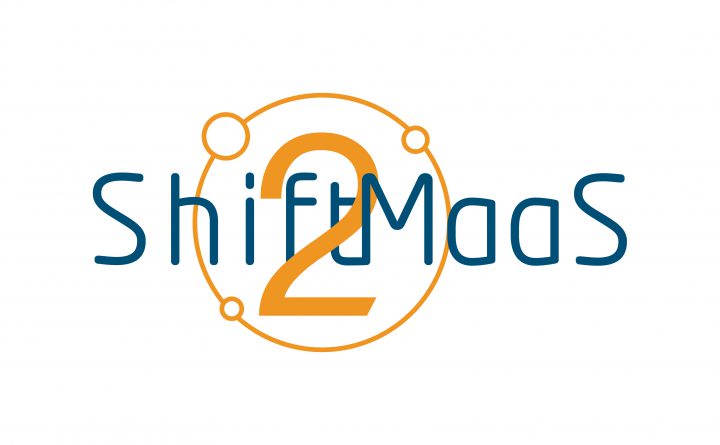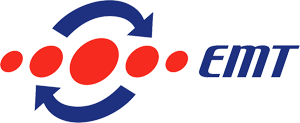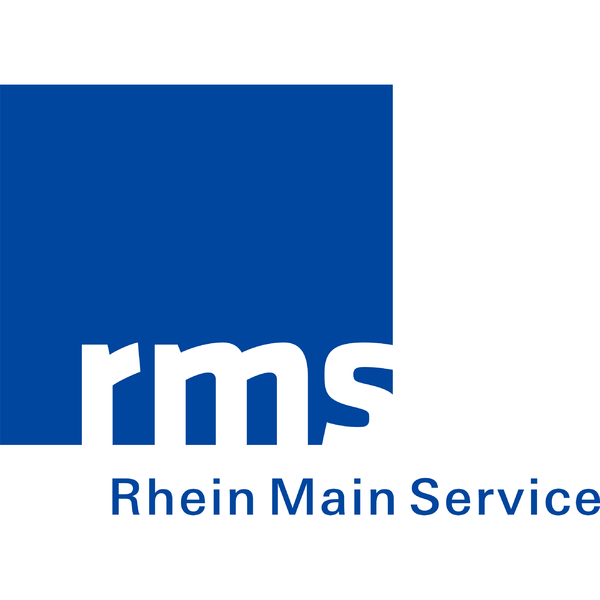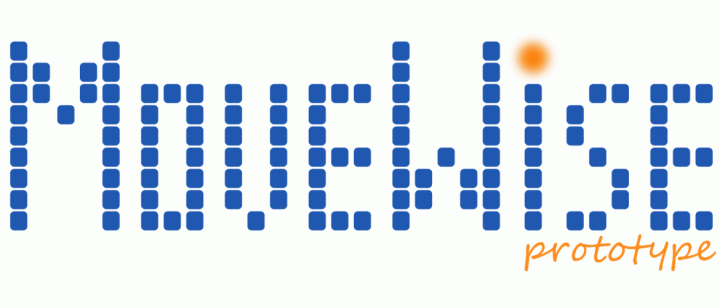KEYSTONE
Abstract
The overreaching goal of KEYSTONE is to support the development of a sustainable, efficient, and safe transport system, allowing enforcement authorities to access data for the purpose of checking compliance with rules applied in the transport of goods and passengers.
The aim is to tailor standardised digital solutions that can be used from several realities to standardize the transport system.
To demonstrate the validity of the solutions proposed, an app will be developed so that two highly diverse pilots can prove the efficiency of the KEYSTONE’s innovation. Using the gained experience to develop a seamless, interoperable, and intermodal digital transport ecosystem that can be replicated at European level, the KEYSTONE digital solutions consist of standardised APIs for data and information sharing between transport enforcement authorities and logistics operators.
The concept is based on a federated approach that allows:
- to reduce the costs of logistics thanks to more efficient operations and interoperability;
- to reduce the impact on the environment thanks to data sharing;
- to consolidate flows and to improve safety thanks to seamless information exchange with enforcement authorities;
- to foster the acceptance of the CCAM solutions (Cooperative Connected and Automated Mobility).
Role of AETHON
AETHON will contribute with its expertise in information technology and management information systems, as well as with its transport, logistics and transport data stadnardisation knowledge and expertise. AETHON will lead the development of an implementation framework for Plug & Play, by creating the API reference model and developing the API standard.
In addition, AETHON will contribute its knowledge and experience in data sharing in the logistics and transport sectors in order to contribute in determining business cases and ultimately affect the development of the API reference model.
Partners
Project Information
Duration: 1/6/2023 – 30/6/2026 (36 months)
Budget: €3,522,881.25



